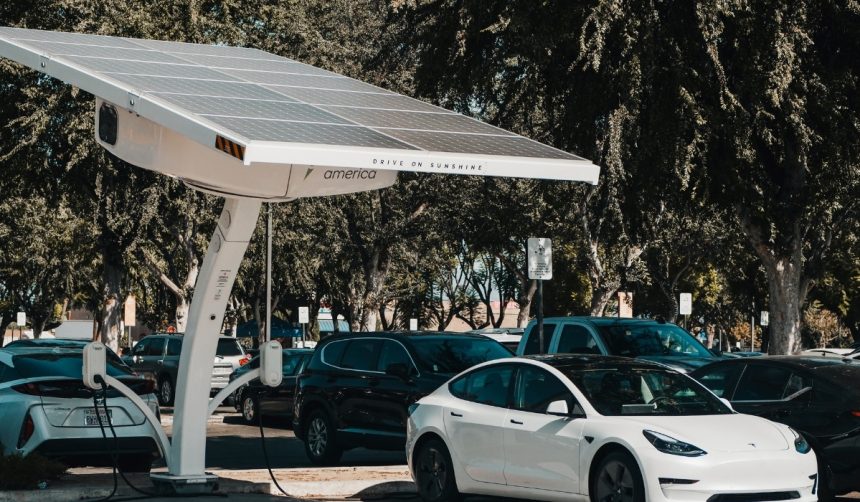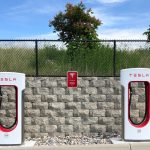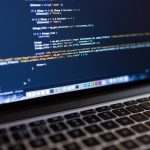Tesla’s push towards driverless vehicles continues to draw scrutiny from investors and analysts. As the company gears up for the public launch of its Robotaxi platform in Austin, Texas, questions about safety oversight and technological execution remain central to market discussions. Elon Musk’s assurances about operational milestones have spurred optimism in some quarters, but skepticism persists regarding the company’s ability to deliver fully automated transportation. The debate over autonomous driving extends beyond technical challenges to include market expectations and risk factors, making Tesla’s next steps critical for stakeholders.
Earlier analyses tended to focus on Tesla’s rapid expansion efforts, hardware innovation, and its focus on building a wide fleet of Full Self-Driving (FSD) enabled vehicles. Some coverage speculated on optimistic timelines for autonomous deployment, emphasizing potential competitive advantages over rival manufacturers. However, critical voices routinely highlighted regulatory gaps and operational hurdles, especially about the ongoing reliance on in-vehicle safety monitors. Reactions fluctuated in alignment with Musk’s projections and updates to FSD technology, while share price estimates have ranged widely depending on confidence in the Robotaxi platform becoming revenue-generating at scale.
Why Does Guggenheim Remain Skeptical?
Despite public statements from Tesla, Guggenheim analyst Ronald Jewsikow continues to advise caution regarding the immensity of delivering safe and scalable autonomous rides. Jewsikow has reaffirmed a price target of $175 for Tesla stock, citing doubts about the company’s capacity to meet Robotaxi’s operational promises. A main concern centers on the current setup of safety monitors, with the analyst questioning the lack of transparency in their role and deployment. He remarks,
“While safety drivers will remain, and no timeline has been provided for their removal, bulls have been willing to overlook the optics of safety drivers in TSLA vehicles, and we see no reason why that would change now.”
These points reflect enduring doubts that the fully autonomous Robotaxi experience is imminent.
How Is Tesla Addressing Technology Updates?
Elon Musk has highlighted advancements in Tesla’s Full Self-Driving software, referring to upcoming improvements such as a tenfold increase in parameter count for FSD algorithms. This upgrade, Musk suggests, would be compatible with current generation hardware, potentially enhancing the system’s capacity for autonomous operation. Jewsikow acknowledges the potential impact of this development on investor sentiment, stating,
“Perhaps most importantly for investors bullish on TSLA for the fleet of potential FSD-enabled vehicles today, the 10x higher parameter count will be able to run on the current generation of FSD hardware and inference compute.”
As the company publicizes these enhancements, investor attention remains fixed on both technical progress and clarity regarding regulatory acceptance.
What Does the Public Launch Mean for Tesla?
The public unveiling of the Robotaxi platform in September is expected to cover a 90-square-mile area in Austin, offering driverless rides within defined geofence boundaries. As Tesla prepares for public road tests, the role of in-car safety monitors will be observed closely, and regulators are likely to monitor compliance stringently. Shareholders and analysts are watching how actual operational results align with the company’s claims, especially given the current 2 percent dip in Tesla stock amid these developments. The easing of safety monitor requirements, as previously mentioned by Musk, also faces uncertainty, with no specific timeline outlined so far.
The issues facing Tesla’s autonomous initiatives exemplify broader debates within the automotive and tech industries regarding the pace of innovation versus the realities of regulatory scrutiny and market patience. Investors considering Tesla and other companies in the autonomous vehicle sector may benefit from tracking regulatory updates, third-party safety evaluations, and public reception of pilot initiatives. Following year-to-year updates on Robotaxi and FSD performance could assist interested parties in assessing risk levels and adjusting their expectations accordingly. Stakeholders should also be mindful of varying analyst outlooks to gain a balanced perspective on potential short- and long-term outcomes for Tesla.
- Tesla’s Robotaxi platform nears a September public launch in Austin.
- Guggenheim predicts a nearly 50 percent decline in Tesla stock.
- Questions about safety monitors and software updates continue to raise concerns.










